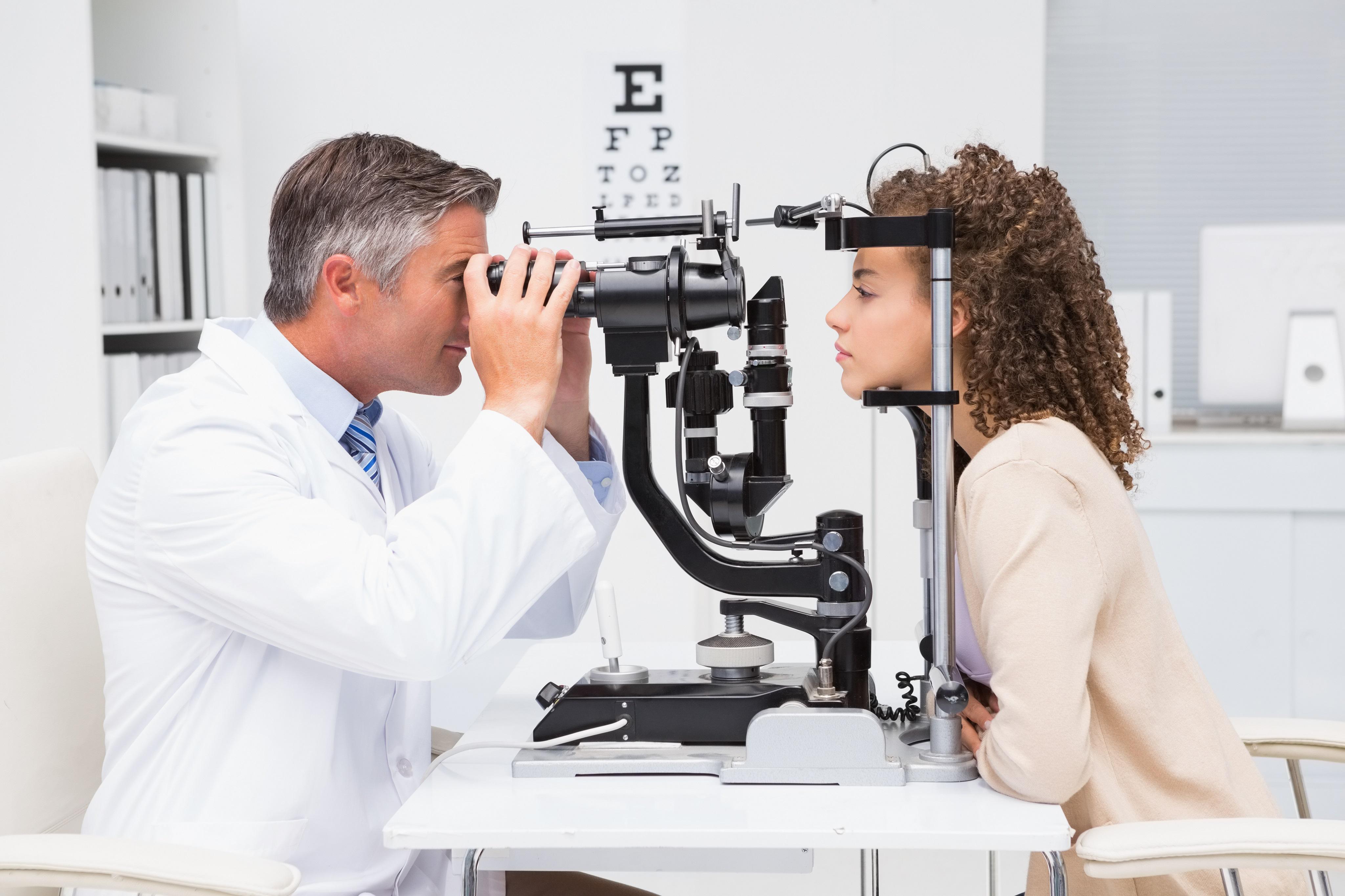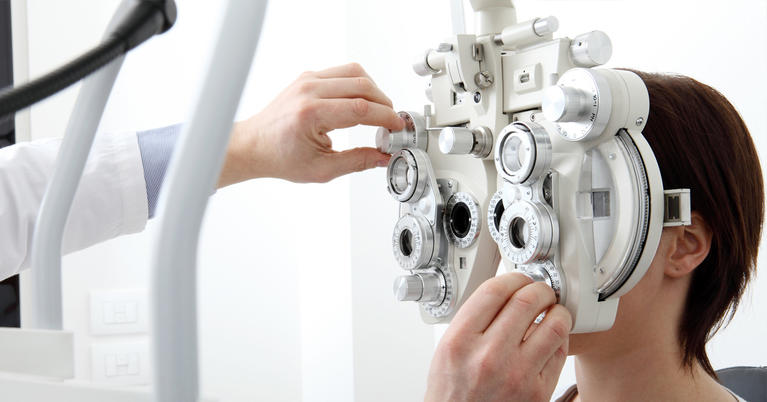Discover Andalusia's Best Cardiologist Clinics and Services
Discover Andalusia's Best Cardiologist Clinics and Services
Blog Article
The Full Break Down of Retina Disorders and Just How They Impact Your Vision
Retina problems can disrupt this delicate procedure, leading to an array of vision disabilities. By discovering the makeup of the retina, common disorders that can affect it, their reasons, signs, and offered therapy choices, we can get beneficial insights into preserving and securing our vision.
Introduction of Retina Makeup
The detailed structure of the retina works as the foundation for aesthetic understanding and plays a vital duty in the process of transforming light right into neural signals for the mind to interpret. Situated at the rear of the eye, the retina contains a number of layers that collaborate flawlessly to help with vision. At the core of this intricate structure are photoreceptor cells called poles and cones. Poles are accountable for vision in reduced light problems and discovering motion, while cones are necessary for color vision and in-depth visual skill. These photoreceptor cells transform light energy into electric signals that are then refined by other retinal cells, such as bipolar cells and ganglion cells. The bipolar cells beam from the photoreceptors to the ganglion cells, which in turn send out these signals via the optic nerve to the brain for visual handling. Recognizing the detailed makeup of the retina is essential in comprehending how vision features and just how various retina disorders can affect aesthetic understanding.

Usual Retina Disorders
Retina disorders encompass a variety of conditions that impact the detailed structure of the eye liable for visual processing. One usual problem is age-related macular deterioration (AMD), a leading reason of vision loss in people over 50. AMD influences the macula, a component of the retina crucial for sharp central vision, bring about blurriness or dead spots in the central aesthetic field.
Another prevalent problem is diabetic retinopathy, taking place in individuals with diabetes mellitus. High blood glucose degrees damage the blood vessels in the retina, resulting in vision disability or blindness if left untreated. Retinal detachment is a severe problem where the retina pulls away from its typical placement, triggering an abrupt start of floaters, flashes of light, or loss of vision in a curtain-like pattern.
Lastly, retinitis pigmentosa is a group of hereditary problems that create the breakdown and loss of cells in the retina, leading to night blindness and a steady narrowing of the aesthetic area - neurologist Andalusia. Recognizing these typical retina problems is critical in maintaining vision and looking for prompt medical treatment
Root Causes Of Retina Disorders
Various factors add to the development of retina conditions, including hereditary tendencies, lifestyle options, and underlying health problems. Genetic predispositions play a significant duty in many retina conditions, such as retinitis pigmentosa and macular deterioration. Individuals with a family background of these conditions go to a greater danger of developing them due to inherited hereditary mutations impacting the retina's function.
Way of life selections can also influence retina health. Smoking cigarettes, for instance, has been connected to an enhanced threat of age-related macular deterioration, a common retina condition that can lead to vision loss. Poor dietary behaviors lacking necessary nutrients like vitamins A, C, and E, in addition to omega-3 fats, can additionally contribute to the advancement of retina conditions.
Hidden health conditions, such as diabetes mellitus and hypertension, are recognized to influence the retina. Diabetic retinopathy, an issue of diabetes, can trigger damage to the capillary in the retina, causing vision impairment. Hypertension can result in hypertensive retinopathy, where high blood stress affects the blood vessels in the retina, potentially causing vision problems. neurologist Andalusia. Understanding these reasons is vital in preventing and managing retina conditions.
Signs And Symptoms and Medical Diagnosis
Given the significant impact that triggers such as hereditary tendencies, lifestyle choices, and underlying wellness problems can carry the development of retina disorders, it is important to identify the signs and symptoms and utilize reliable analysis approaches for very early detection and management. Symptoms of retina disorders can vary depending on the certain problem however may consist of obscured or misshaped vision, the abrupt appearance of advances or flashes of light, a dark area in the facility of your vision, or a gradual loss of central vision. If you experience any of these signs and symptoms, it is vital to look for immediate clinical attention.
Detecting retina conditions typically includes a detailed eye exam, which may consist of aesthetic skill examinations, dilated eye examinations, optical comprehensibility tomography (OCT), fluorescein angiography, or other imaging examinations. Your eye care provider might likewise ask concerning your case history and any type of family members history of eye problems. Early detection through normal eye tests is vital to avoid vision loss and handling retina disorders efficiently. If identified with a retina problem, your healthcare company will browse this site collaborate with you to develop a personalized therapy plan to protect your vision.

Therapy Options and Management
Therapy alternatives for retina problems differ depending on the underlying reason and extent of the problem. In instances of retinal detachment, medical treatments such as vitrectomy or scleral buckling may be required to reattach the retina and stop vision loss.
Routine eye exams and very early discovery of retina problems are important for successful management and therapy results. People with retina disorders must function carefully with their eye doctor to develop a customized treatment plan that addresses their details requirements and helps keep optimal aesthetic feature.
Conclusion
To conclude, recognizing the anatomy of the retina, typical disorders, creates, signs, diagnosis, and therapy choices is vital in managing vision disabilities. Retina problems can significantly affect vision and see lifestyle, making very early discovery and appropriate monitoring essential. By staying notified regarding these problems and looking for ideal treatment, individuals can much better maintain their vision and keep general eye wellness.

Understanding the intricate makeup of the retina is essential in understanding just how vision functions and exactly how different retina problems can affect aesthetic assumption.
Retinal detachment is a severe problem where the retina draws away from its normal placement, creating an unexpected beginning of advances, flashes of light, or loss of vision in a curtain-like pattern.
Signs and symptoms of retina problems can vary depending on the certain condition but might consist of blurred or misshaped vision, the abrupt look of floaters or flashes of light, a dark spot in the facility of your vision, check out this site or a steady loss of central vision.In verdict, comprehending the composition of the retina, common disorders, triggers, signs and symptoms, medical diagnosis, and therapy options is essential in managing vision impairments.
Report this page